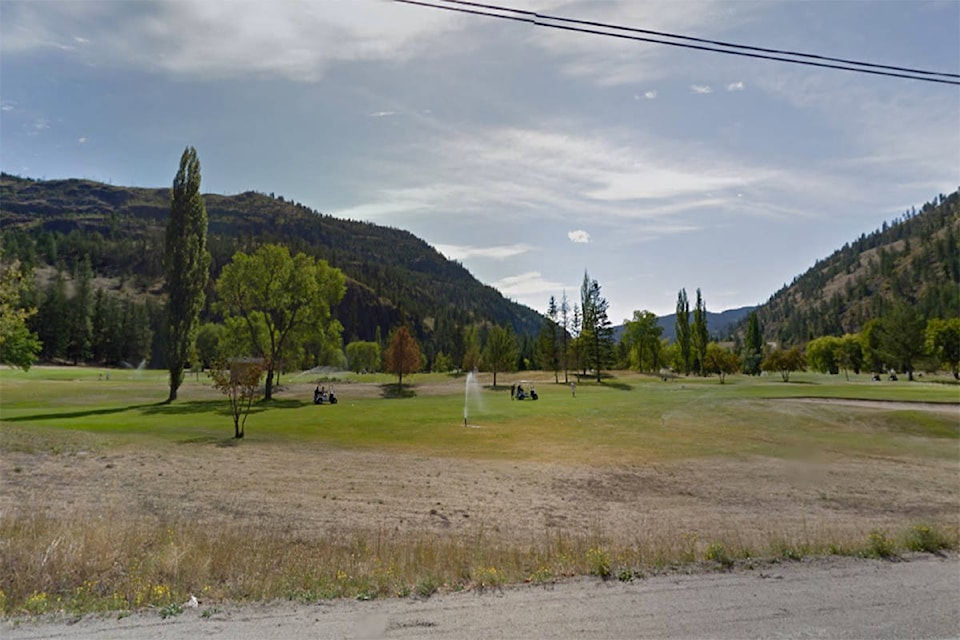A controversial project that could result in 232 units being built at Twin Lakes Golf Course got the go ahead to play through to the next round at the regional district board meeting Thursday.
After an hour long discussion, first reading of a rezoning was given with some hefty requirements, for the project that could see a golf resort built over the next 25 years.
The multi-phase development, which has a history with the Regional District of Okanagan-Similkameen since 1995, would be built in phases, with the first phase aimed at building 36 units.
Residents in and around the area have voiced their concerns that there is not enough water in the aquifer to sustain any development — from 50 to 232 to units. There are also concerns that hydrology reports from different experts are conflicting on the issue.
In a covenant on the rezone bylaw, it states subsequent phases of building could not go forward until groundwater sustainability and availability is proven to warrant further development.
The first 36 units will also have to have been issued occupancy permits and a service area would have to be created for the monitoring of wastewater, water and irrigation systems.
Director for Area D, the area the proposal is in, said the Twin Lake has seem extremes over the last while from drought to flooding.
“This is not a matter of saying yes or no to something that looks simple on paper when the majority or residents who live around Lower Nipit Lake or Lower Twin Lake are drawing from either the lake water or well water, which has been without limit until recently and without control and as well there is no sewage treatment,” Tom Siddon said.
“It’s been quite convenient for people that live up there to put a lower well down or to pump out of the lake. This whole proposal, in a step wise manner is going to lead us to solve those problems in a longer term way.”
After an hour long discussion on the matter, all directors except Roger Mayer, who represents Area G since the passing of Elef Christensen, earlier this summer, voted for gong forward with first reading.
“I could probably support this proposal if some of the dam structures had control and water storage would be looked at in this full proposal. At the end of the day we’re adding 50 units of water demand for an area that already has a lot of red flags. I’ve been around here a long time and that water supply in that area and an oversupply has been an issue for a longtime at the end of the day we’re adding 50 more units of demand to that system,” he said.
Mayer’s comments elicited applause from the full gallery, almost all who are people opposed to the development.
Chair Karla Kozakevich said current zoning on the property allows the developer to circumvent the RDOS and go straight to the Provincial Approving Officer to allow a 250-unit subdivision.
“They do have that option and other than a referral we wouldn’t have any say in that process,” she said after the meeting.
Bill Newell, CAO for the RDOS, said public consultation would be done after the developer meets criteria set out by the board and after second reading of the rezone bylaw.
